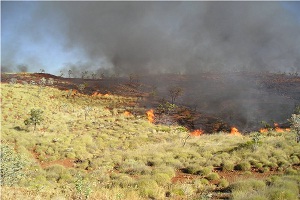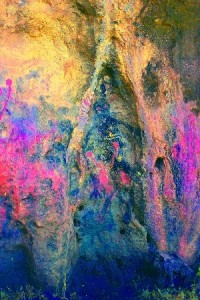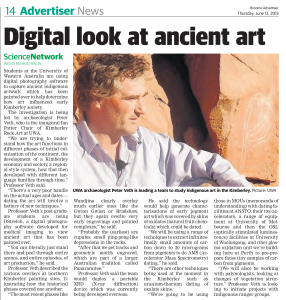THE WA Government has listed an ecological community on Broome’s outskirts as Priority 1 PEC (Priority Ecological Community).
The dominant species is a small tree that grows on the top of relic sand dunes in the Broome Peninsula.
 It is commonly known by the Bardi name Mangarr and in English as wild prune (Sersalisia sericea)formerly (Pouteria sericea).
It is commonly known by the Bardi name Mangarr and in English as wild prune (Sersalisia sericea)formerly (Pouteria sericea).
“It is an important and renowned local bushtucker species and does not occur in such frequency and longevity in other locations,” says ecologist Louise Beames.
Science Network [read this story]
This story first appeared in Science Network WA on 10/4/2013 and it has been republished by Broome Advertiser on 4/7/2013

 Ecological anthropologist Associate Professor Rebecca Bliege-Bird says key game species are more plentiful near Western Desert communities and well-used roads, where people frequently light hunting fires.
Ecological anthropologist Associate Professor Rebecca Bliege-Bird says key game species are more plentiful near Western Desert communities and well-used roads, where people frequently light hunting fires.



